One of the richest countries in the world, Singapore gained the reputation of being the “Best Place to be during COVID-19” as an exemplar of administrative efficiency, invested resources and decisiveness. This success, however, did not benefit everybody in equal measure, with low-income people, especially elderly citizens, and migrants excluded from such support
For more than two years and irrespective of their COVID-19 infection status, over 300,000 migrant workers were isolated in their dormitories and subjected to movement restrictions distinct from that of the general population.
Given their often low-paid jobs in the service sector, the elderly working poor also were particularly vulnerable. Furthermore, no support was provided to non-citizen groups, including a majority of generally “unlicensed” entertainment and sex-workers who had no sources of incomes after the closure of karaoke lounges and other venues.
These and other double standards and social protection gaps, were highlighted by non-profit groups and the services which they provided to alleviate widespread needs, but to this day, they still remain to be addressed at the policy level.
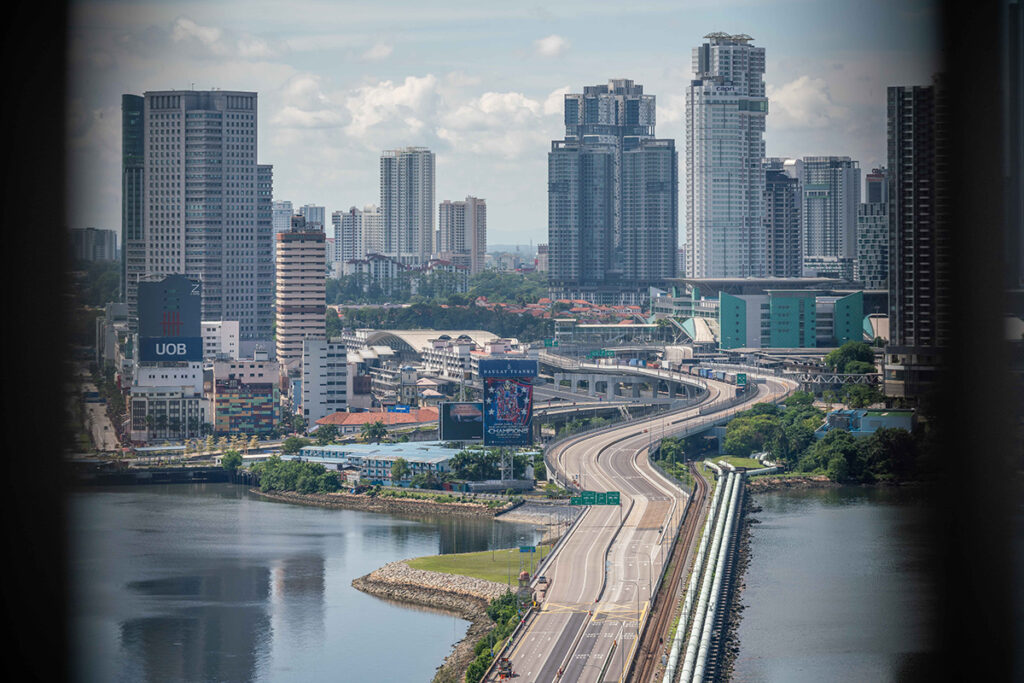
Photo: ©Grace Baey
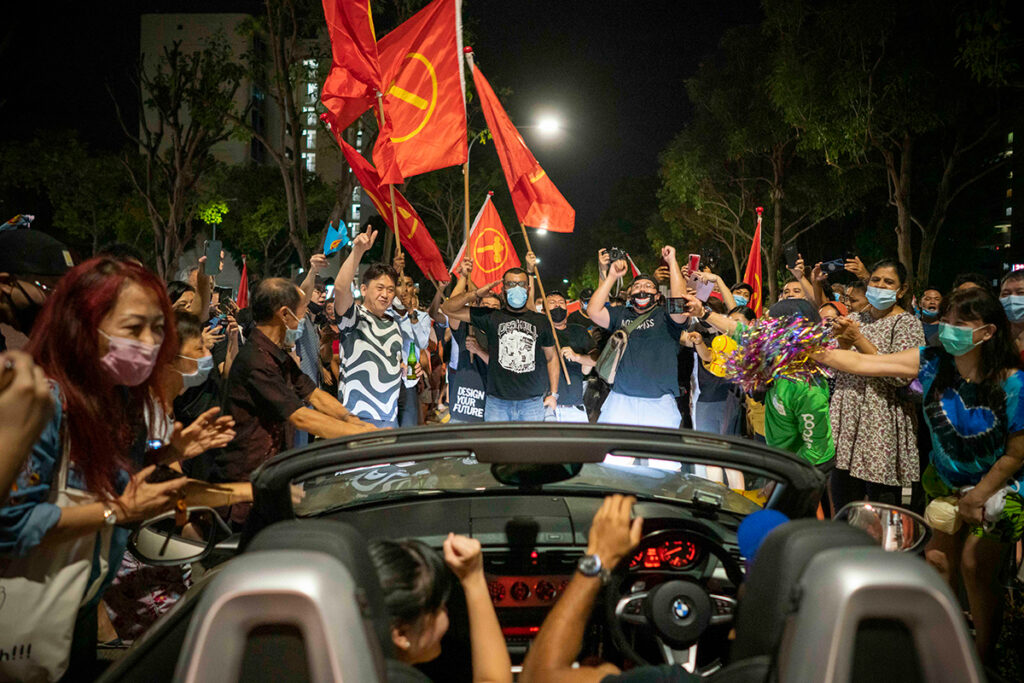
Photo: ©Grace Baey
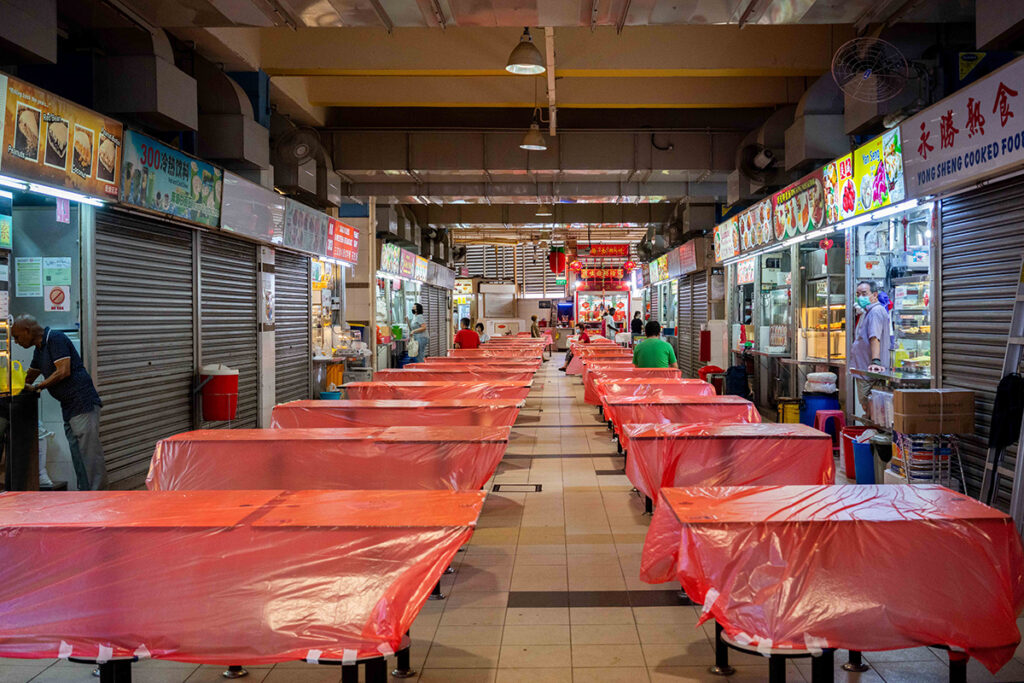
Photo: ©Grace Baey

Photo: ©Grace Baey
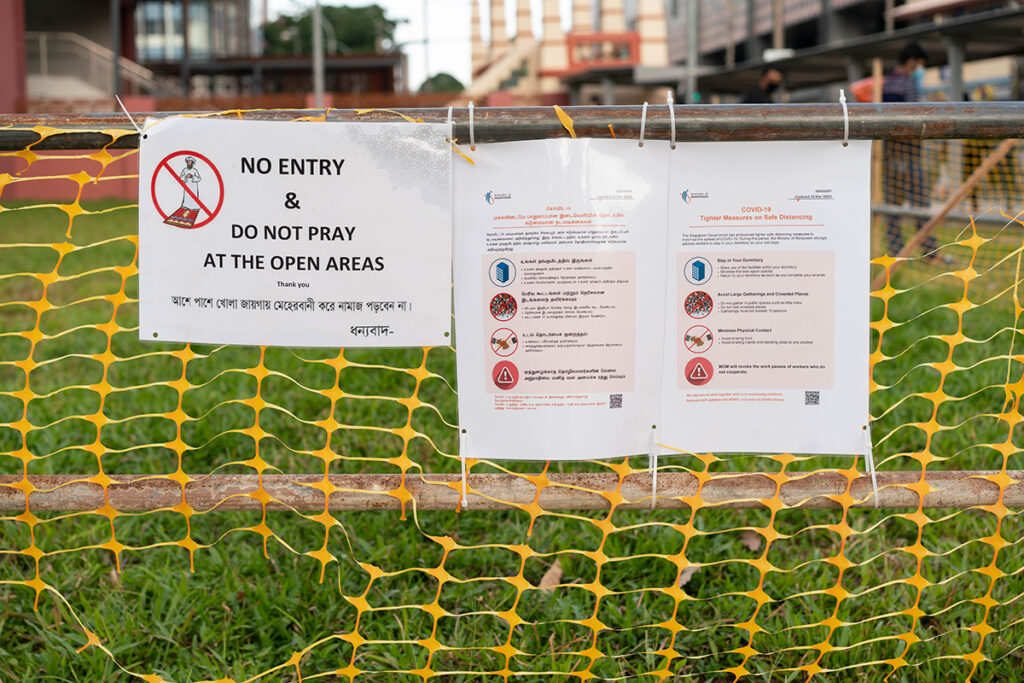
Photo: ©Grace Baey

Photo: ©Grace Baey
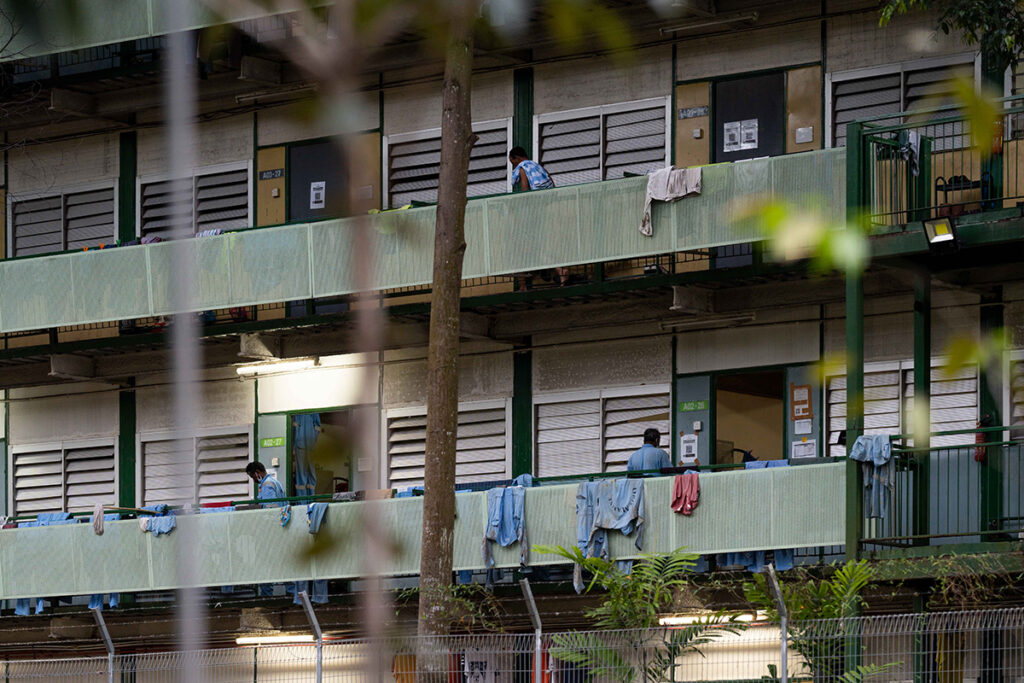
Photo: ©Grace Baey
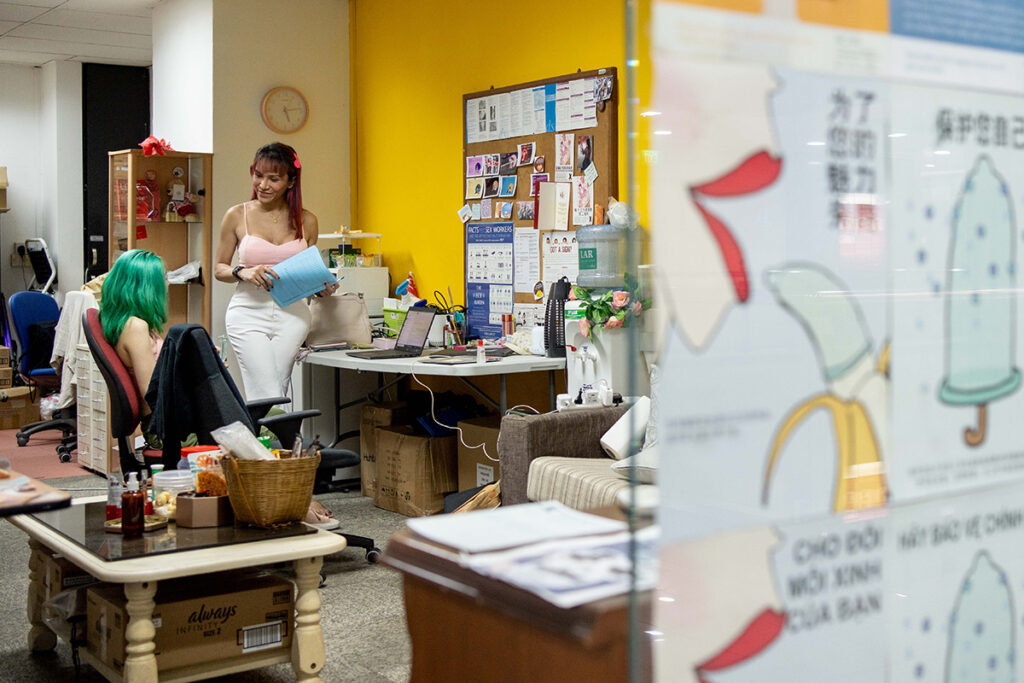
Photo: ©Grace Baey
This photo essay is part of the photo exhibition “Who Cares? COVID-19 Divides in Southeast Asia”, organized by SEA-Junction and the Institute for Population and Social Research (IPSR) of Mahidol University, in partnership with the Ministry of Higher Education, Science, Research and Innovation, the National Research Council of Thailand (NRCT), Silkworm, Khon Thai 4.0 and Bangkok Tribune. (The exhibition is on display from 17 October to 12 November 2023| Curved Wall, 3rd Floor, BACC). For more details, check out at http://seajunction.org/event/photo-exhibition-who-cares-covid-19-divides-in-southeast-asia and https://bkktribune.com/photo-exhibition-who-cares-covid-19-divides-in-southeast-asia/
Rosalia Sciortino is an associate professor at the Institute for Population and Social Research (IPSR), Mahidol University and director SEA Junction in Bangkok, Thailand. She is emeritus regional director for East and South-East Asia with Canada’s International Development Research Centre (IDRC) in Singapore and for the Rockefeller Foundation in Bangkok.

